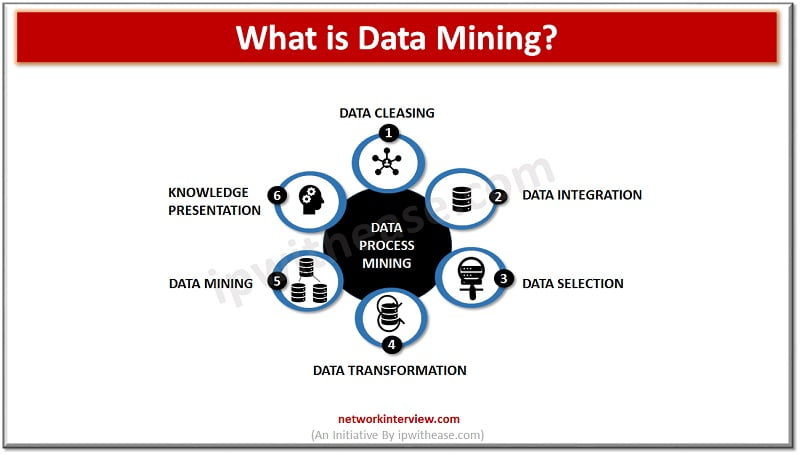
What is Data Mining?
The volume of data which is being produced every year is very …very huge and doubling almost every two years. The digital universe is 90% of unstructured data but that does not mean more volume of data means more information. Objective of data mining is to bring in intelligence and analytics from this enormous data lake and make it usable for businesses.
In this article we will learn more about data mining, its techniques and use cases and how it is helping businesses to grow and remain ahead in a competitive environment.
About – Data Mining
Data mining is exploration and analysis of data to uncover patterns or rules which are meaningful to businesses. It is a discipline within the field of data science. Data mining techniques help to make machine learning models which enable artificial intelligent applications such as search engine algorithms.
Data mining helps to answer questions which cannot be handled by basic query and reporting mechanisms. Data mining has several key identifiers which are explained more in detail below.
How does Data Mining work ?
- Automatic recognition of patterns – data models use algorithms to mine the data on which it was built.
- Prediction of the most probable result – data mining techniques are predictive in nature. Predictions are made on the basis of some probability to indicate the possibility of each outcome.
- Naturally occurring groups – data mining shows natural grouping within large data sets.
Types of Data Mining
There are several types of data mining techniques:
- Linear regressions – Several independent inputs could help a business to predict a continuous variable value and this method is commonly used in realty business to predict home values on variables such as size, year of construction, zip code , location etc.
- Logistic regressions – One or more independent inputs are used to predict the probability of a categorical variable. Majorly used in banking systems where it is used to predict the chance of loan applicants, credit scores and loan defaulting, income, gender and many other personal details.
- Time series – Forecasting tools where time is used as a fundamental independent variable. Retailers often use this model to predict the demand of products and work on their inventory in accordance with demand.
- Classification/ regression trees – value of both the categorical and continuous target variables both can be predicted. It creates binary rule sets to classify and group the largest proportion of target variables.
- Neural networks – are designed to work like the brain and like stimuli cases the firing of neurons in the brain which enable action , use of inputs with threshold requirement in neural networks.
- K-Nearest neighbour – it relies on past observations to categorize new ones. It is driven by data.
- Unsupervised learning – underlying patterns are observed on the basis of data that comes from examining unsupervised activities. To track general user patterns and give personalized recommendations for better customer experience.
Where is Data Mining used?
Data mining is used across many industries for analytics:
- Communication industry – uses this to create targeted campaigns which ensure a larger number of successful sales and customer interactions.
- Insurance sector – often deal with compliance issues , so mining helps them to price products well and create better options for current customers and prospective customers
- Education sector – uses it to monitor data driven student progress and built personalized attention as required
- Manufacturing industry – production line or a dip in quality could result in huge losses, data mining helps manufacturing units to plan supply chains in a better manner. Such as early detection of breakdowns , quality checks etc.
- Banking industry – get a bird eye view of the market risks, detect frauds quickly, manage compliance to meet regulatory requirements
- Retail sector – data mining helps to get better insights into their customers. Improve their customer relations, optimize the marketing campaigns and forecast sales.
Challenges of Data Mining
Data mining has its own set of challenges especially while dealing with Big data sets. Collection and analysis of all this data continues to grow more and more complicated. Let’s look at some common challenges of data mining more in depth.
- Volume – large volumes of data involve challenges of storage and sifting such a large amount of data poses a challenge of finding correct data sets. Processing is slow when data mining tools need to deal with huge data volumes.
- Variety – Vast variety of data sets are collected and stored. Handling different data formats could be a challenge for mining tool
- Velocity – the speed at which data is collected is much higher now a days which poses a major challenge
- Veracity – fast volume of data can be a challenge which requires balancing data quality and data quantity.
Interesting facts !
Data mining tools market expected to grow to USD 1,039.1 Million by 2023
Continue Reading:
Difference between Data Warehousing and Data Mining
Tag:services



